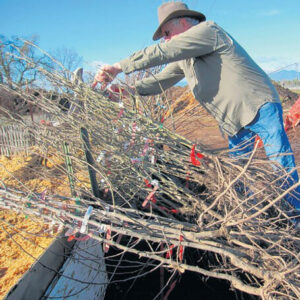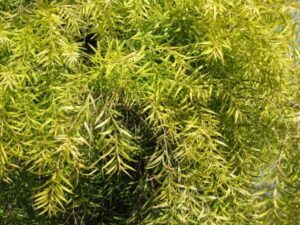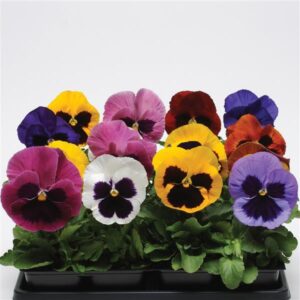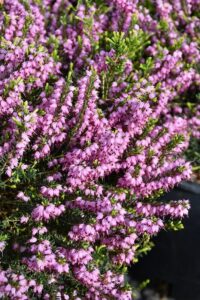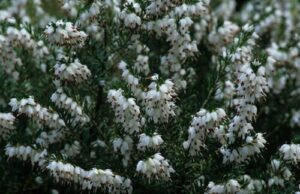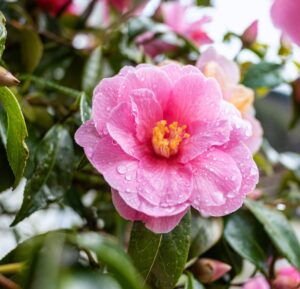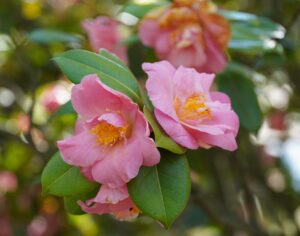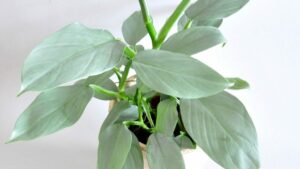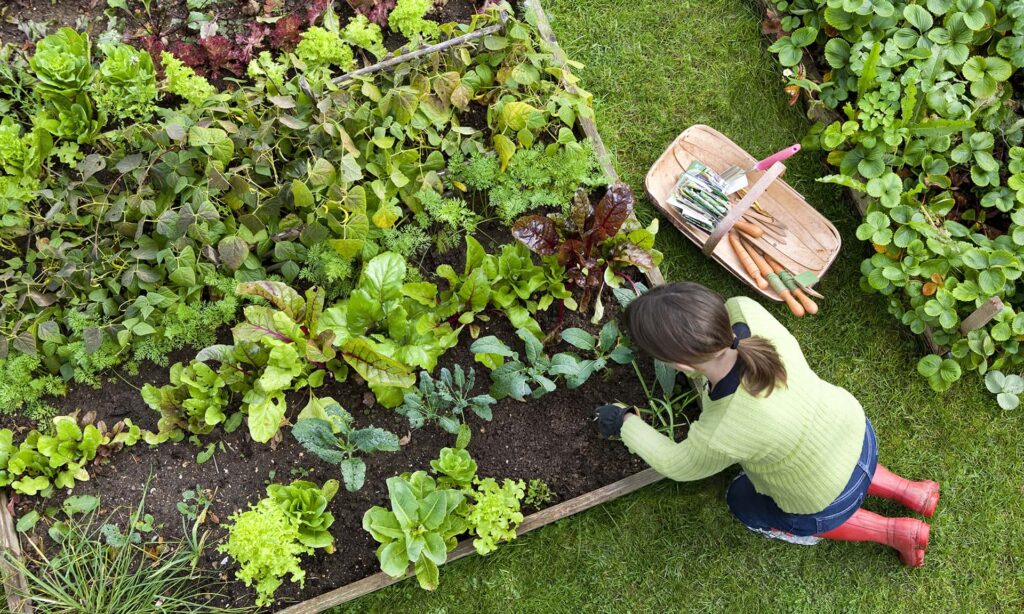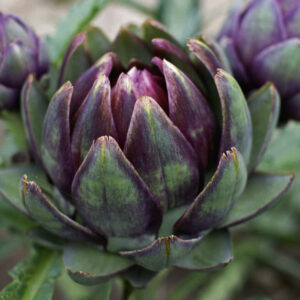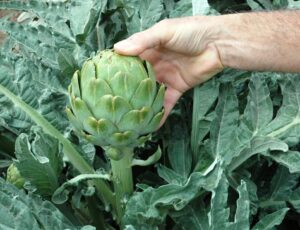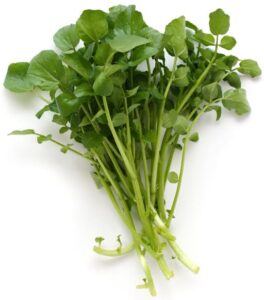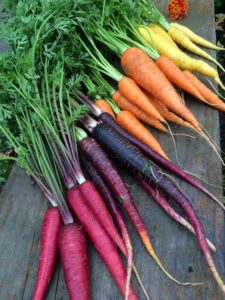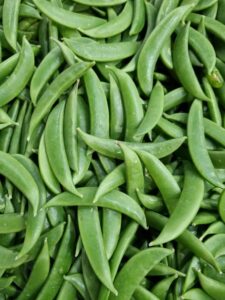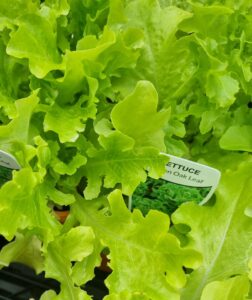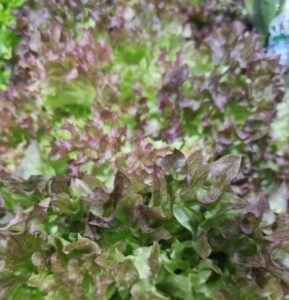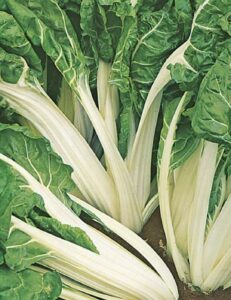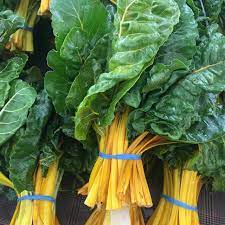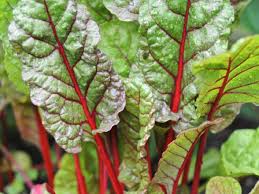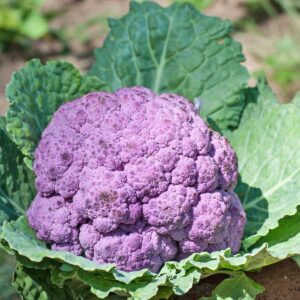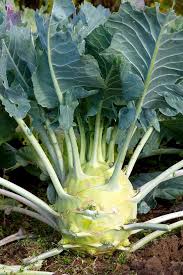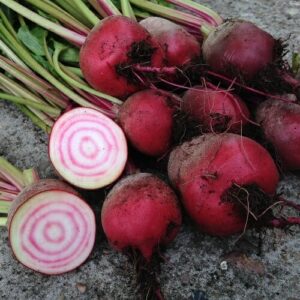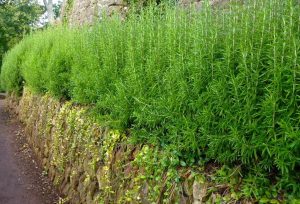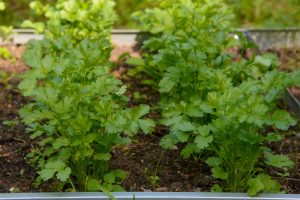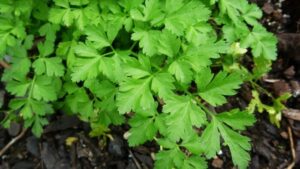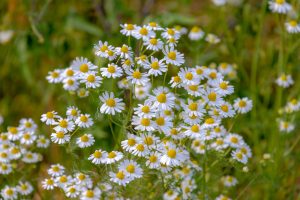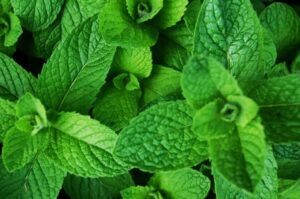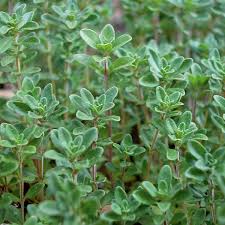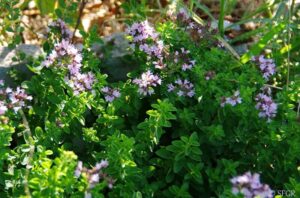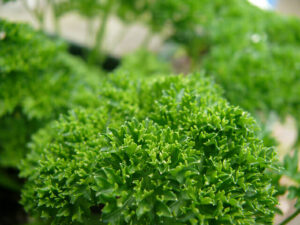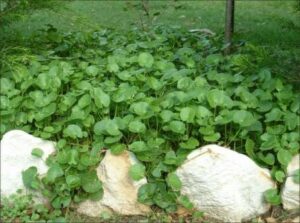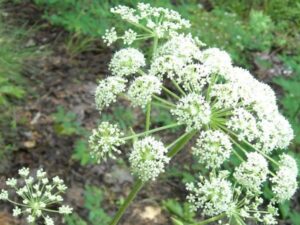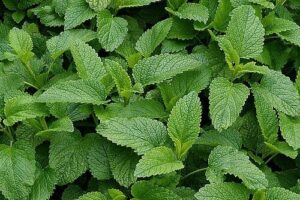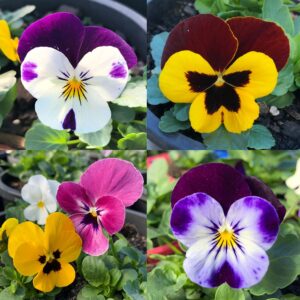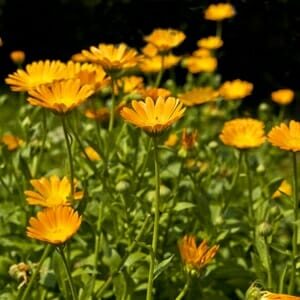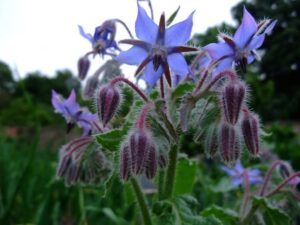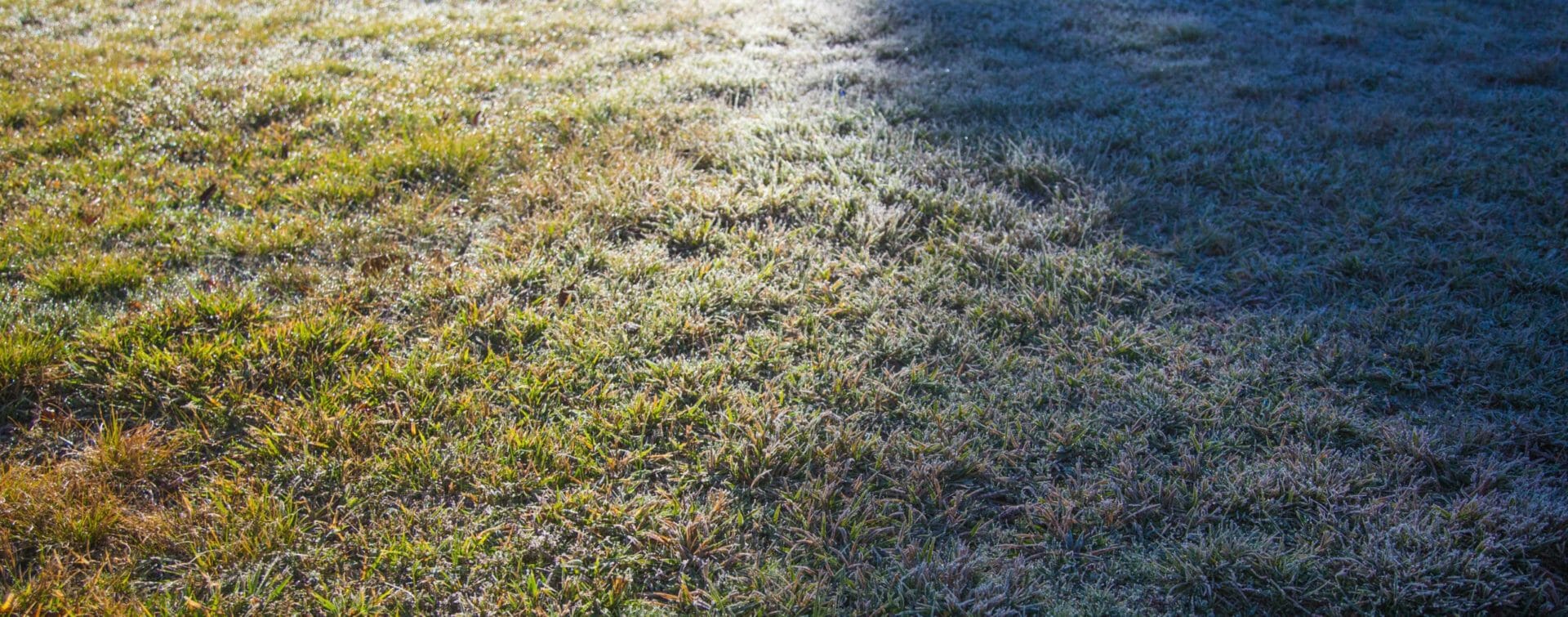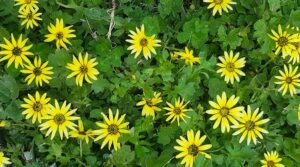
June in the Garden!
 With our list of things to do, winter will fly by and you’ll be ready to hop into spring!
With our list of things to do, winter will fly by and you’ll be ready to hop into spring!
Bare Rooted Plants!
It’s that time of year again! Bare-root is BACK and we have loads of Bare Rooted Roses ready to go in-store. In winter, plants go dormant and dormant plants transplant much easier and stress-free than when they’re in leaf. This includes your roses, fruit trees and deciduous ornamentals such as Poplars, Elms, Ash’s and Oaks, just to name a few. Every year, nurseries supply vast amounts of bare-rooted plants at much cheaper prices than if they were in their pots. This is because they are easier to store and transport, thus keeping costs low. Choose trees with a good structure or framework. Check for any splits. And remember to prune your fruit and ornamental trees back before planting. This pruning is to remove any damaged branches and roots as well as prepare the overall shape for the spring. We have a big range of bare-rooted fruit trees and ornamental trees already in-store and more coming in pretty soon, so keep an eye out for those on our website. Here are some that we have already received:Plant Roses – Bare Root Roses!
Now is the best time of the year to purchase your standard roses as we have hundreds of beautiful quality roses in stock. Whether you want 20 of the same colour or perhaps a fantastic mix of different colour roses depending on the garden colour scheme of your choice, you can get all of them in-store here in Campbellfield! We have the classic iceberg varieties in 3ft and many colour varieties in 3ft and 4ft standards. For more on how to plant your Bare Root Roses, Click here! To check out our full range of Bare Rooted Roses, Click here!Get a FREE GARDEN DESIGN!!

If you’re starting a new garden bed you a whole new garden, winter can be a great time to start planning it. Once you’ve completed some of the steps below you can start to plan out where you will want to plant that new hedge or vegetable patch, build up an entirely new garden bed or landscape the whole backyard! We understand that this can sometimes be a little daunting so if you’re unsure, speak to one of our sales staff about our Free Garden Design service with Chris. He will be able to assist you with all your future garden plans!
Garden Stimulus Package!!
 Make the most out of our Garden Stimulus Deals! We have heavily discounted over 70 of our top selling products to make gardening affordable even with a small budget!
Click here to see all our Garden Stimulus Deals!
Make the most out of our Garden Stimulus Deals! We have heavily discounted over 70 of our top selling products to make gardening affordable even with a small budget!
Click here to see all our Garden Stimulus Deals!
Garden Colour
Very often we tend to think of winter as being a very dull time of the year for the garden. We have put together a little selection of plants that will flower in winter or just add a splash of colour thanks to their vibrant foliage!Winter Flowers
Indoor Plants
 Some days it is just too cold to be outdoors gardening, and also, not everyone has the luxury of outdoor space for plants. If that is the case for you, you can always get some indoor plants to brighten up your living spaces.
Here are some important tips for indoor plants during winter:
Some days it is just too cold to be outdoors gardening, and also, not everyone has the luxury of outdoor space for plants. If that is the case for you, you can always get some indoor plants to brighten up your living spaces.
Here are some important tips for indoor plants during winter:
- Indoor plants grow very slowly during winter, so no need to fertilise.
- Prune and remove dead branches to tidy up the plant.
- Keep your plants away from heaters and vents as these cause the plant to dry up and wilt pretty fast. So water your plants sufficiently.
- Keep an eye on the soil moisture level of the soil to avoid over-watering.
- As the trajectory of the sun has changed in the sky, you might need to move the plants to a sunnier/brighter spot.
- Clean the windows for maximum sunlight and also the leaves of your plants of dust, to allow them to photosynthesise efficiently.
The Vegetable Garden
It’s truly cold now, but it is just what some veggies love! Many people are concerned that nothing will survive in the cold weather, but that is just wrong because many winter veggies thrive and grow so well in the cold weather! It is even easier as you will rarely need to water the garden! You can plant the whole range of brassicas such as cabbage, cauliflower, broccoli, Brussel sprouts. Leafy greens such as Asian greens like mizuna, tatsoi, pak choi, lettuce, rocket, spinach, mustards, spring onions, leek, kale and swiss chard. Legumes such as Snow Peas and Sugar snap peas are very easy plants to grow right now, just make sure to provide some trellis for them. Root crops such as radish, beetroot, turnips, swedes, parsnips, carrots, onions, potatoes and garlic. All of those would take 2-3 months before harvest, except for radish which is ready in just 30 days, while potatoes take between 90 and 170 days and garlic that takes about seven to eight months! You can now remove any protective netting that I was using to safeguard the brassica and Asian green plants from the Cabbage White Moth and its hungry progeny, the caterpillars. As the weather has cooled enough, the moths or butterflies no longer pose a problem. Asparagus Time to cut back the asparagus fern to the ground, which has yellowed as expected and then top-dress the plants with a combination of compost, aged cow manure and some slow-release fertiliser pellets. Check out our available range of fruits, vegetables and herbs.Edible Flowers
Flowers such as Pansies, Violas, Nasturtiums, Calendula and Borage are great for the winter patch! They add colour, diversity, repel pests and most importantly are tasty and pretty additions to salads!Native Plants
Native plants are beautiful! They provide shelter and food for wildlife and promote biodiversity and stewardship of our natural heritage. They are unique because they are perfectly suited to the environment that they belong to. This means that they should survive on local rainfall patterns and in the local soil! Here is a selection of the most popular varieties we have in store right now! Click here to see all of our Natives!Garden Tasks!
Frost! Winter is here!

Frost on leaves
How to tackle frost
- Cover your frost-sensitive plants with sheets, newspaper or straw, making sure to remove them the following day.
- Lightly water your plants before sunrise by a sprinkler system (or by hand if you’re really keen!) This can prevent frost from forming. You can lightly water frost affected plants, which gently thaws the ice, reducing the damage from the frost.
- Use plastic sleeves and stakes to protect plants in open areas

Preparing the garden. Everything is bare so time to prepare!
Weed Control
Weeds don’t have a seasonal preference, they’ll turn up any ole time! But our one saving grace is they turn up less often in winter and the established ones that need to come out are easier to see. The soil is moist, which makes it easier to pull out these little suckers. For the tougher weeds like clumps of Crowsfoot and Crabgrass, Dandelions or Oxalis you made need a tool to get the whole root out. The importance of getting the whole root out is so it doesn’t re-sprout. We don’t want to have to weed again! You can use a hoe or even a butter knife.Compost
You don’t have to throw those weeds into the green bin. Chuck them straight into your compost. You will want to start building up your compost, if you haven’t already, with all your garden scraps from your winter cleaning. This will all break down over winter and be ready to put into the garden in spring.Clearing and cleaning
The leaves that have fallen can all be turned into empty or new garden beds. By doing this you will also aerate the soil, which not only allows more oxygen flow but more water and nutrients to work through. Any mulch leftover can either be scraped back and put in the compost or, if there’s not too much, turn it into the soil along with the leaves to break down.Existing plants and garden beds
For your existing plants, you will want to reapply mulch to keep the soil warm and retain moisture in the soil around the roots. You may notice some of your hedging plants are turning a little yellow. This is often caused by a nutrient deficiency that occurs during the winter months. It’s nothing to be worried about as it can be easily fixed by applying Dolomite lime to the soil. It takes a few months to take effect so be patient!Transplanting and moving
With the nice cool weather, it is an ideal time to move or transplant plants as the plants have time over winter to grow new roots and be ready for spring. You can repot plants that have outgrown their pots and are getting root-bound. Remove the plant and trim some of the roots at the bottom, shake off some old soil and add some fresh ones at the bottom of the pot to give your plant a fresh start. They will love it!Pruning
This is a big one! Winter is when all major pruning is done because you are able to see the full structure of the plant and remove any problem branches. Fruit trees and roses in particular benefit from a good prune. Fruit trees fruit more prolifically and healthily after a good prune. Roses, too, flower better and look much more beautiful. For more information on pruning, Click here! That is all for this June in the Garden tips and tricks article, Melbourne, Victoria, Australia. Wishing you all the best, keep yourself warm and safe this winter! Hello Hello Plants.
Hello Hello Plants.



